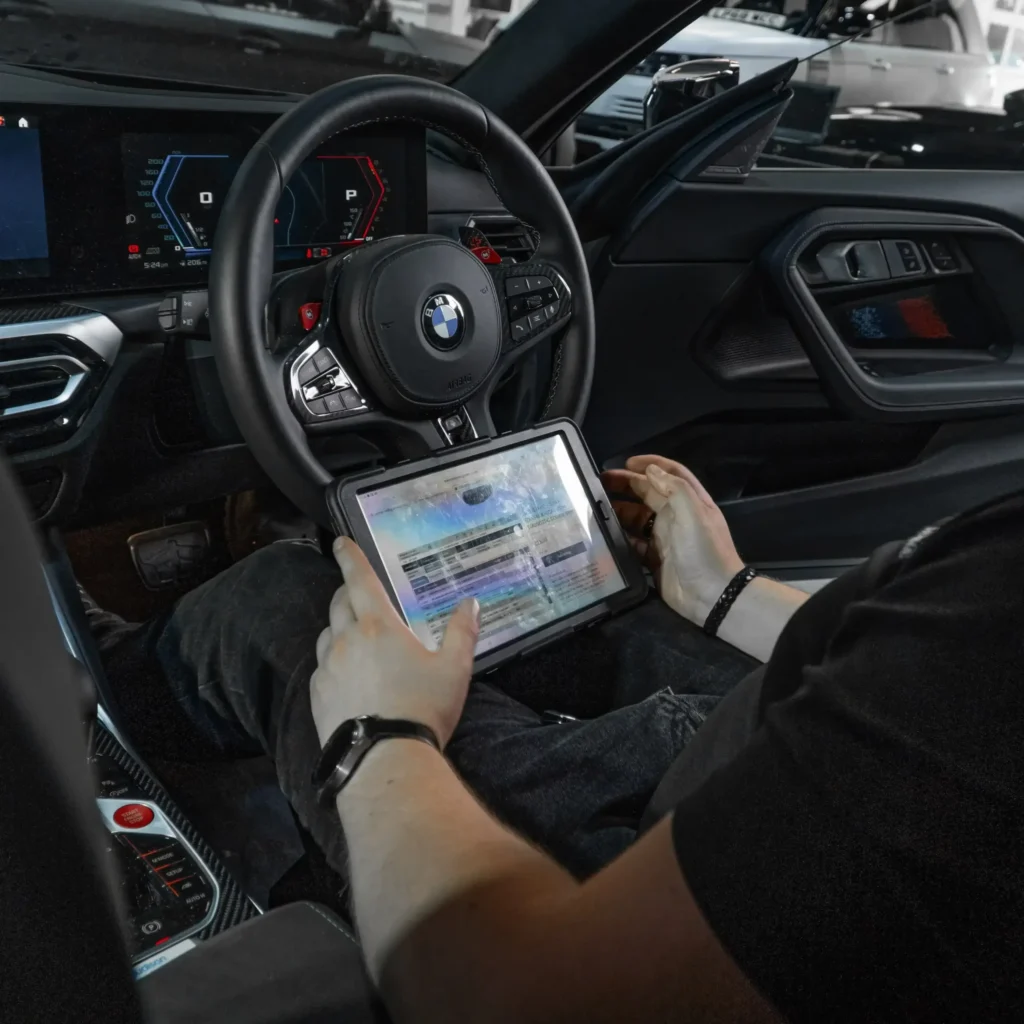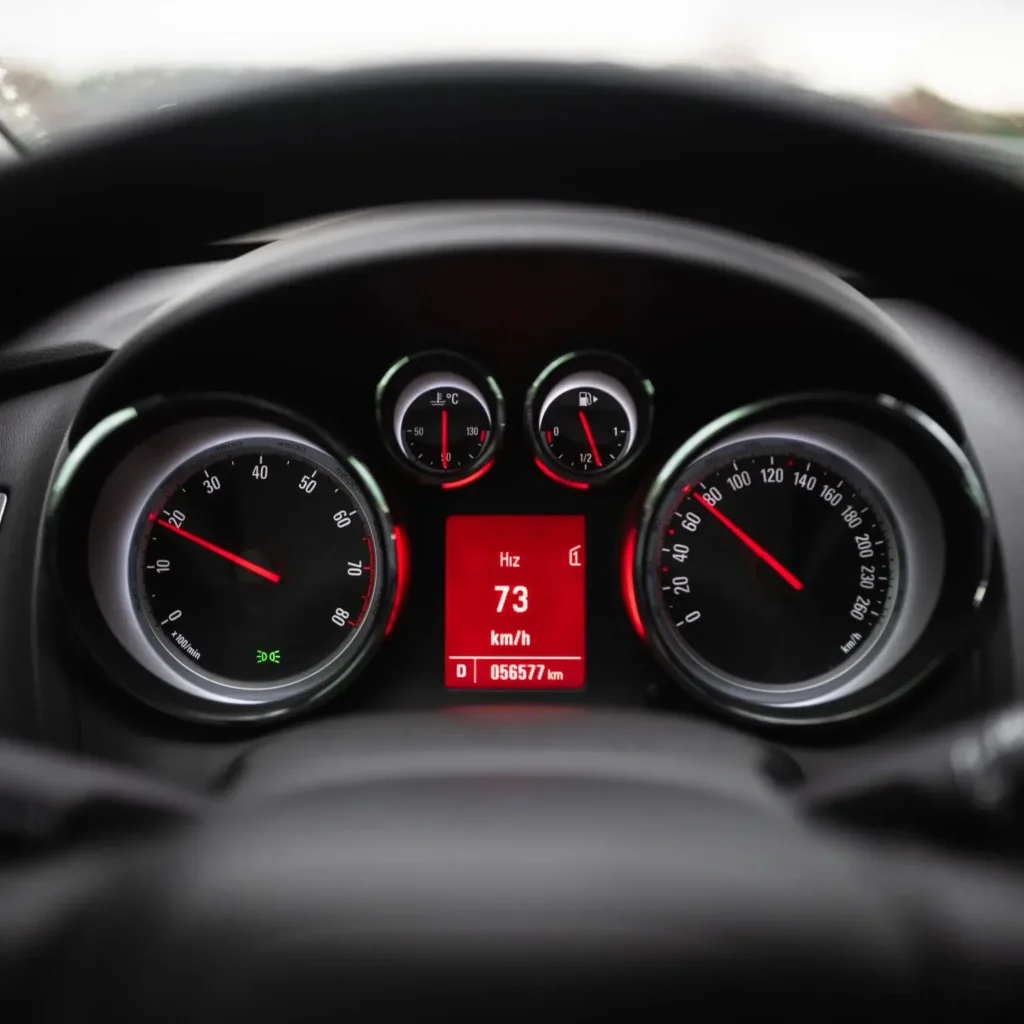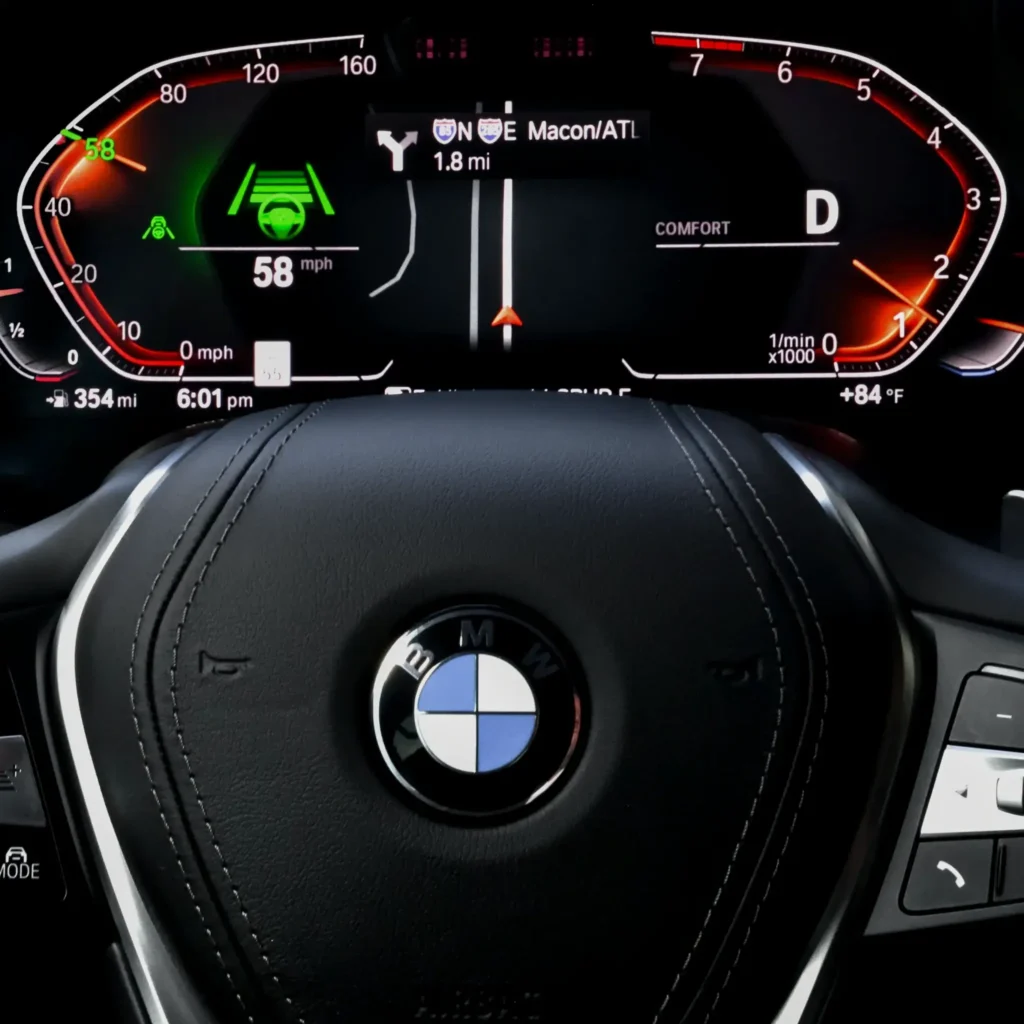VEHICLE CODING

IMI Certified Technicians
Your Car is in safe hands

Buy Now Pay Later
Pay in interest free installments with klarna

Money Back Guarantee
No-quibble money back guarantee

Let the professionals take care of it
How to choose the best Vehicle Coding for you?
The average time the installer takes to finish the work, which reflects the care and dedication they devote to each task:
Vehicle Coding installation: 1-3 hours
Workshop or mobile installer:
We are workshop based with an 11,000 sqft facility with a dash cam installation bays for your car. We have designated shelving for your parts so everything is taken care of. Mobile installations simply can not compete with that!
Revolutionise Performance
Essential Coding Functions

✓ Audible notifications for seatbelt fastening.
✓ Audible signals when unlocking and locking.
✓ Automatic folding and unfolding of mirrors.
✓ Automatically securing the doors after reaching a specific speed.
✓ Automatically shutting the windows upon locking the car door with the key.
✓ Disabling the Start/Stop function
Dashboard Coding

✓ Triggering rapid flashes of the brake lights during emergency braking.
✓ Enabling/disabling daytime running lights.
✓ Adjusting the intensity of daytime running lights.
✓ Briefly flashing the headlights when utilizing the remote control to lock or unlock the doors.
✓ Illumination of the headlights when the alarm system is activated.
Essential Lighting Coding

✓ Displaying incoming call notifications.
✓ Choosing between displaying information on the dashboard or the head-up display.
✓ Indicating the optimal timing for changing gears in eco or sport mode.
✓ Adjusting the brightness of the dashboard.
✓ Showing the fuel consumption rate at a specific speed.
✓ Presenting the actual speed based on GPS signal.

How does it work?
Diagnostic Port Access
To access the vehicle's ECUs, a diagnostic tool or interface is connected to the OBD-II (On-Board Diagnostic) port. This port is usually located under the dashboard or in the vicinity of the driver's seat. The diagnostic tool establishes a connection with the vehicle's onboard computer system.
Reading and Analyzing Data
Once connected, the diagnostic tool reads and analyzes the data stored in the vehicle's ECUs. This data includes information about the vehicle's current settings, parameters, and software versions. It provides a baseline for further customization and coding.
Programming and Modifying Parameters
Using specialized software, the diagnostic tool communicates with the ECUs and allows for the modification of various parameters. These parameters can include engine performance, fuel delivery, ignition timing, transmission shift points, safety features, and more. By adjusting these parameters, vehicle coding enables customization and optimization according to the user's preferences and requirements.
Uploading New Software
In some cases, vehicle coding involves updating the software running on the ECUs. This is done by uploading new software or firmware versions that contain the desired changes or improvements. These updates may come from the vehicle manufacturer or third-party sources specializing in vehicle coding.
Testing and Validation
After the coding modifications or software updates are made, the vehicle is typically tested to ensure that the changes have been implemented correctly and are functioning as intended. This may involve performing test drives, running diagnostics, or using specialized tools to verify the changes and ensure that they are safe and reliable.
Frequently Asked Questions
WHY TUNING LAB LONDON?

Expertise and Experience

Quality Service

Reliable and Safe

Customized Solutions

Customer Satisfaction
